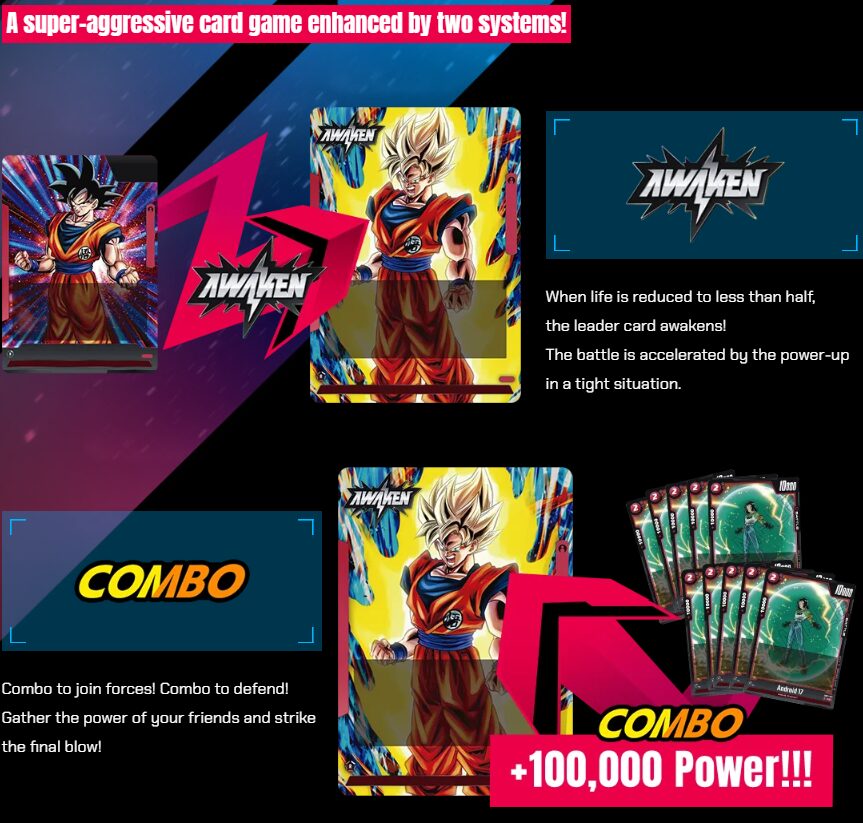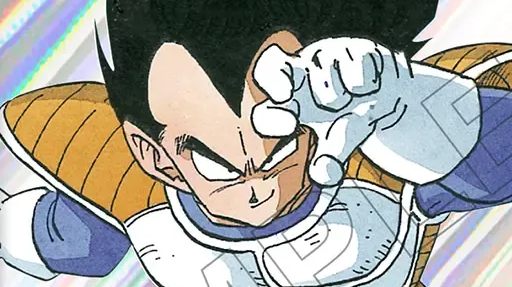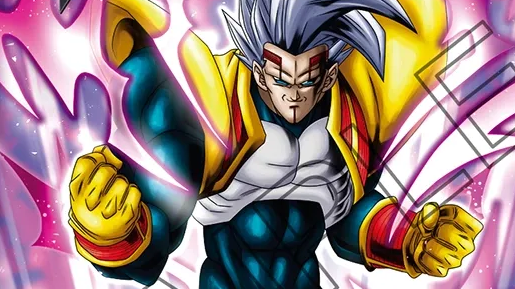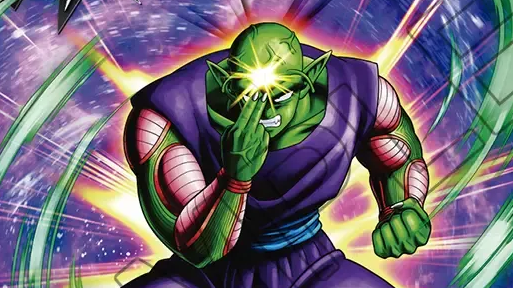Table of Contents
Every card game has the pay to win and free to play narrative, with everyone in the community having an opinion ranging from "The game is fine as it is" to "It is literally impossible to climb without paying".
I'm not a big fan of entrenched opinion, especially when it comes to a new game we still have to fully figure out.
As such, I believe the first topic of discussion when a new game hits the market shouldn't be whether we can play it for free or not, but which fundamentals do we need to master. Only once we will have mastered those can we say whether we need to invest some money in order to fulfill our goals.
In order to help you with this process of learning the game, I compiled some advice I think everyone should know to start playing the game seriously.
I'm also not much for long introductions either, so let's dive into it!
Card advantage is your primary goal.
Not only are cards the characters you summon to attack your opponent, you also have to place some in your energy zone, while combo others to buff the ones in battle. Then, even if the game gives you two cards per turn through your draw and your leader attack, you can quickly run out of steam if you use them carelessly.
Speaking of running out of cards, this will be your key metric in knowing how you are faring in a match. Health matters, board state is also an essential indicator, but ultimately, more cards than your opponent often equal more freedom alongside more potential for combo in order to land or defend the decisive hits.
If you pressure your opponent with constant attacks, they will have to spend cards for combos or accept losing the ones you target. If you use cards with the “Critical” ability, they won’t draw when you damage their leader. If you clear their battle cards rather than attacking their leader, you remove their choice to take the hit and draw a card. If you are going to awaken the opposing Leader, make sure you planned to transfer to 20,000 power cards, otherwise you won't be able to pressure anymore, and just gave them four additional cards to work with. There are plenty of areas where you can get an extra card, prevent your opponent from getting one, or push them to use some. Leveraging those through the course of the match will often be how you build your advantage, and get to dictate the pace, and the result of that game.
Even if we were running an aggressive deck, aimed at closing the match rather quickly, card advantage remains important in the early stages of the match. Indeed, with more cards than our opponent, we have more leeway to pressure them when we decide to go for the kill, either bringing in more attackers, or buffing them with combo cards.
Most of the time, card advantage is tied to defensive, control oriented decks in other card games. In DBS Fusion World, being the aggressor will force a lot of cards out of your opponent's hand to protect from the incoming hits. As such, it isn't rare to see a fast-paced deck run its slower opponent out of cards, as they had to go bankrupt to keep their leader alive.
Critical key word, Extra cards potentially remove two battle cards, Super Combos or abilities, there are many ways to create card advantage in Dragon Ball Super Fusion World.
You have four health cards, not eight.
There are two important patterns I see beginners do and which is hurting their chances of winning a match:
- They protect their leader from the early hits, using cards they might have needed later on.
- They immediately attack with their battle cards, giving the opposing leader great targets to attack onto.
These two behaviors lead to the same issue down the line: Fewer cards available, and not being awakened yet. We just talked about how card advantage is the most important mechanic in the game, awakening your leader probably is the second. Not only it gives you a powerful ability to abuse every turn, it also represents five extra cards to work with, baring any critical hit.
As such, I would encourage you to see a game of Dragon Ball World Fusion through the spectrum of having 4 health only, and a couple of turns to set up early in the match. Indeed, you would much rather awaken fast, and get some extra cards to use to keep your momentum going, rather than run out of resources and still have your Leader at full health.

In order to do so, here are a few important tips:
- Don't attack the opposing leader in the early turns if another target is available. This is particularly true with your leader, as it directly builds card advantage (you draw one, they lose one, either the targeted battle card, or the combo they'll use to save it).
- If you have to attack with a battle card, be mindful of the opening it gives your opponent to attack another target but your leader. For example, a 15,000 power card will very likely be targeted by the opposing leader next turn.
- Not giving any other target but your leader will force the opponent to attack into it, helping you awaken in the process. As the game progresses, this rule gets less and less important.
- Red (power affliction), yellow (turn into rest mode) and Blue (throw back in hand) have different ways to interact with an active Battle card. However, Green is unable to do so, except for FB01-099. Then, not attacking with a battle card does not carry the same risk, depending on your opponent.
Keep in mind though, tempo remains a very important part of a match. As such, awakening should come as the support of your strategy. If you are playing a defensive leader, you could have more upside in slowing things down, rather than pushing for both players to take damage.
Understand your win condition
Dragon Ball Super Fusion World pushes for two different win conditions. You either get your opponent's leader health to zero, or run them out of cards, so their ability to play is too limited for them to compete anymore.
Most of the time, both paths to victory will be connected, as pressuring the opposing leader forces them to uses cards to protect themselves. Often, landing the last blow to your opponent means you were able to mount an attack they couldn't defend against, which is the result of having more combo cards to expend than they could.
However, there are tools, such as FB01-023 or FB01-140, which allow you to accept a defensive position, only to punish your opponent for over developing their side of the board. Also, if your opponent is particularly aggressive early on, you could decide to never attack their leader, except with critical attacks if you pack any, and just run them out of cards as you take care of their battle cards.
Then, even every game will go through the spectrum of running your opponent out of resources, you can do so being proactive or reactive.
This is precisely what this section is about: identifying which approach has the best chance of bringing home the win. Outside knowing the basics of your deck and the strengths of each color, here are a few pointers to look at during the match:
- How does your opponent reacts to your attacks, and where are they focusing theirs?
- Are they protecting their battle cards, leader or taking the hits ? Similarly, are they attacking your leader or battle cards when given the choice ? The more focus they put on your leader, and the more aggressive they should be during the match. However, this will hurt their card advantage, meaning you can adopt a more reactive playstyle.
- What is the worth of the combo cards they are using when protecting from your hits ? Do they reach just the 5,000 power threshold above your hit or were they forced to get 10,000 power above your attack ? A higher threshold indicates their hand might not be so flexible, and you can get some 10,000 power combos, or even Super Combo with just a tied attack.
- Did they suddenly stop protecting from your hits and start accepting those ? Did it correlate with their hand getting smaller ? It could indicate an AoE ability coming down next turn, or maybe they simply can't defend anymore.
- What kind of cards are they playing?
- Low power for their cost but with a good ability ? Then your opponent probably has no intention of being agressive early on.
- Vanilla cards, strong power to cost ratio ? You probably are up against someone trying to quickly seize initiative and bring some pressure.
- Extra cards ? Those also give a lot of information about the direction of your opponent's deck.
- How aggressively are they using their cards?
- An opponent protecting all their cards, and willing to commit combo cards on attack as well is definitely looking for a short match. You should think about slowing the pace down and going for an attrition war.
- Every time a battle card comes down, they attack with it, even when you have no battle cards in rest mode ? Same as the previous entry, this means they are willing to expose their cards for the sake of pressuring you, indicating an aggressive behavior.
- On the other hand, if you opponent is taking it slow, not attacking with battle cards except when you also have one they can target. This could indicate they are fine letting the match develop, and have no intention to pick up the pace early on.
Know your power thresholds
Dragon Ball World Fusion gives the tiebreaker to the attacker, meaning if two cards with similar power are in battle, the one who declared the attack takes out the other. Knowing this, You can force your opponent to pick either to lose a battle card, take a hit on their leader, or spend a combo card when you attack.
Here are a few things to know about power thresholds:
- 15,000 is the power of most leaders before they awaken. Then, you can pressure the early phase of the match with 1-cost battle cards, tying with the opposing leader. However, this also means any leader can attack those cards while they are in rest mode.
Critical leaders (Beerus, Cooler, Goku Black) will hit for 20,000 power before they awaken but still have the base 15,000 on defense. - 20,000 is the power of most leaders once they awakened. This represents the power of a 2-cost vanilla card, meaning you don't have to play super expensive cards to force a response from your opponent. Same as with the previous point, this also means the awakened leader will be able to attack those cards while in rest mode.
- 20,000 is the dominant threshold for 2-costs in the game right now, as it allows attacking into the opponent's leader without them being able to attack back without spending a combo card. At least until they awaken. It is a big reason why most leaders look to awaken as early as possible, in order to be able to attack into those and lower the pressure on the board.
- FS03-01 has a base 25,000 power when awakened, which changes the important threshold when you go against it. Similarly, you can expect all the cards in a FB01-001 to be 5,000 above their natural power when they attack. FS02-01 will attack for 35,000 power every turn, while FB01-070 does for 30,000.
- Combos cards can grant 5,000 or 10,000 power. This means you force at least two cards from your opponent if you attack with 10,000 more power than your target, as you would win the tie if they only used one +10,000 power. The only exception to this rule are Super Combo cards, worth 20,000 power on defense, or extra cards if your opponent has energy available.
Except for Broly, which has 25,000 power when awakened, every leader is a 15,000 power card awakening into a 20,000 power one. At this stage in the game, these are the important thresholds to respect. We already know some leaders in the next expansion will also have 25,000 power when awakened.
Apart for green, which needs to find it in the booster packs, the other three Starter Decks get a double strike, 35,000 power card. These will often represent finishers for many decks, meaning you need to be able to tank one of those once at 2 health.
Sequence your turns properly
Sequencing your turn, and your attacks in particular, is absolutely key to building that so important card advantage. Indeed, through the thresholds we just discussed, and the abilities of various cards, or the impact of certain keywords (double strike, critical…), different sequences of attacks will have completely different results. Also, as you can mix your attacks and when to play your cards during your turn, you can often start with an attack, check how your opponent reacts to it, and then decide which card to play next.
Another finesse of the game is the fact ties in battle go to the attacker. Then, you can force the opponent to use combo cards early on. For example, if you attack the opposing leader before their rested battle cards, you potentially give them a chance to draw a card, which they can use to protect themselves from your next attack. In the same idea, a double strike, or a critical attack to your opponent's leader won't have the same impact as one without either keyword involved.
A prime example of a missed opportunity would be to attack with your 20,000 power battle card first, and awaken the opposing hero in the process. Then all your cards with 15,000 power have no shot at dealing a damage, or forcing a reaction from your opponent unless you invest a combo card first. If you attacked with your 15,000 power card first, you would have the flexibility of picking what to do with your 20,000 power afterward:
- If the opponent defends against your hit and stays at 5 health. You could decide not to awaken them at all, and target a rested battle card, or keep your card active so it can't be attacked during your opponent's turn.
- If the opponent decides to take the hit, then you can try to get them to 3 health immediately, as they are awakened anyway, so might as well keep the pressure on.
- Doing so, you also get the information of whether the opponent wants to awaken or not, which might impact your decision as to which cards you will play during your turn.
- Once they awakened, the opponent will care less about your 15,000 power cards, as they can't tie with their leader. As such, having your 20,000 power card in rest mode rather than your 15,000 power one can be beneficial to them, as this is the card they might want to take out.

Combo power is extremely important to gauge a card
A card has four important areas you need to look at in order to assess its usefulness. Three of them should be easy to understand if you have ever played another card game, the energy cost, the power, and the ability. We discussed the power threshold already, so unless the ability brings some substantial value to your deck, you should know which power to expect based on the cost of the card. As for knowing whether the ability itself is a good one, this is entirely based on your strategy, and your popular opponents.
However, an easily overlooked part of a card is their combo power, as this will heavily impact the value of the card outside of being played. For example, spells are very cheap in this game, and tend to be super effective in the right situation. Unfortunately, because they hold no combo power, you can also be stuck with a bunch of spells in hand and watch one of your important battle cards be removed as you couldn't defend it. On the other hand, a mere 1-cost which has no point being played late in the match, could be worth a ton if it becomes a bonus 10,000 power to save another card, or push for a Leader hit.
In that sense, Dragon Ball World Fusion pushes us to look at cards not only from the perspective of their usefulness when they are in play, but also when they aren't. How flexible is a card if the situation I envision for it doesn't exist ? Sure, you can always throw it in your energy area to pay for other cards. Yet, there must be a reason why we are only allowed to have four super combo cards in our deck. My logic is: because they are pretty good at what they do. Then, once you are looking for the best finishing touches to your deck, and look for cards you will not often play as battle cards, pay close attention to which combo power it holds as 0, 5,000 or 10,000 can make a world of difference to save the cards you are confident you want as the core of your strategy.
Beerus is obviously the strongest card of this bunch. However, Magetta can serve as a support card thanks to its 10,000 combo power.
Know when to stop placing cards in your Energy Area
As a follow-up to the importance of the Combo power we just discussed, and looking at the game as a card management battle first and foremost, the energy area is an important mechanic. Indeed, while you are forced to sacrifice cards to build your energy bank early on, the late-game is a completely different story. Then, a card you place in that area is one you won't play, or more importantly, use to power up another one. As such, it is crucial to know how much energy does your deck need to function, as each one extra could have been a bonus 5,000 or 10,000 power down the line, saving a card or pushing an attack.
Once again, this aspect of managing your cards gains importance as the amount of cards we have reduces. Then, building an early lead can tilt the balance in our favor, push the opponent to invest more into staying afloat, ultimately leading to them not being able to place cards in their energy area while we can still afford it.
Because cards can have different functions in this game compared to those where you energy builds itself turn after turn, you can use the energy area as another component of your strategy. Some decks will aim for a specific energy number and then stop no matter what the situation is, while other will have more expensive cards, and their importance in that specific match will dictate how much energy is necessary.
Green's top card is much more expensive compared to the other colors, with other cards at six or seven energy. Naturally, this will impact the amount of energy one wants to invest in their zone during the course of a match.
Closing Words
Dragon Ball World Fusion is still super young, but has a lot of players with solid card game experience giving it a try. In that context, I hope this article can help a few people get a better grasp of which mechanics to focus on early in their experience.
I hope you're having fun on this new game. Feel free to let us know which topics you would like us to cover in the future, or ask any question you might have in the comment section. You can also find me on Twitter, where I share my Free to play experience, and grind to the god rank!
Good Game Everyone!









